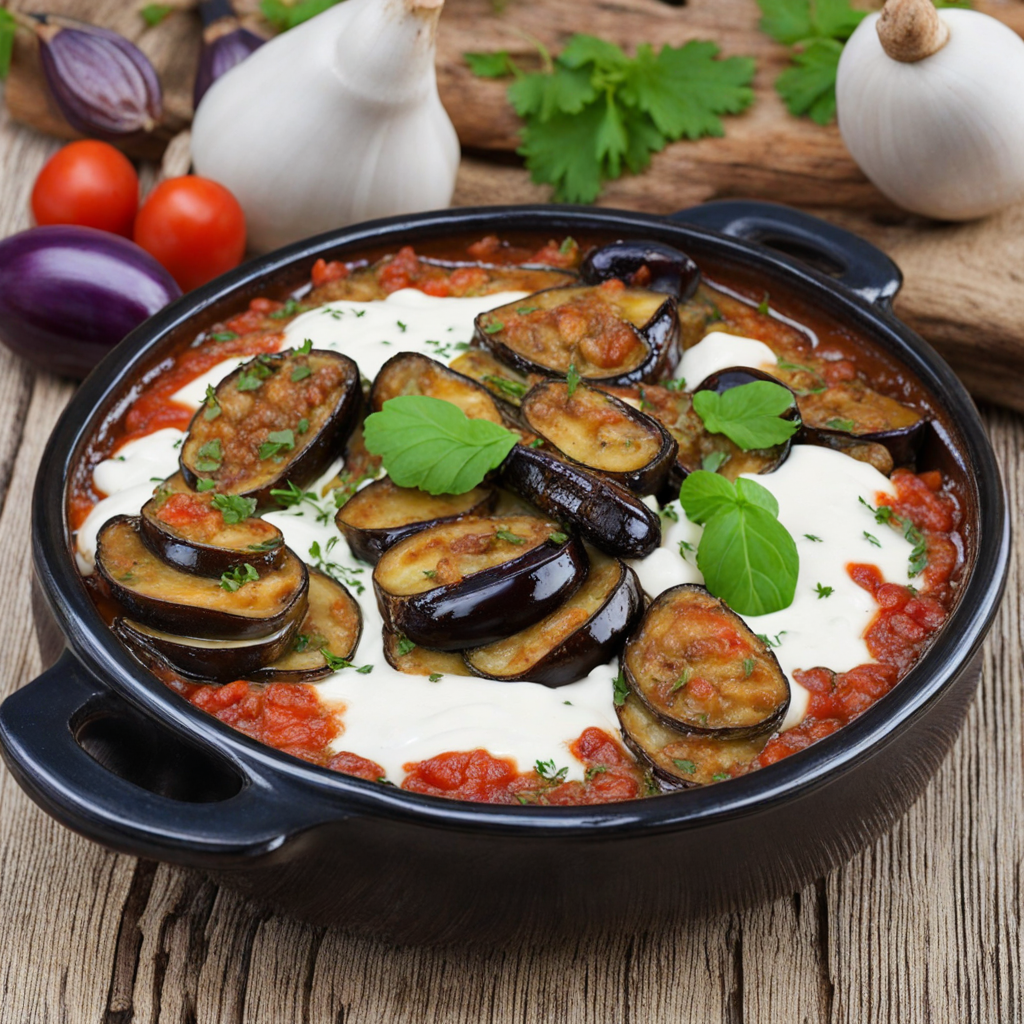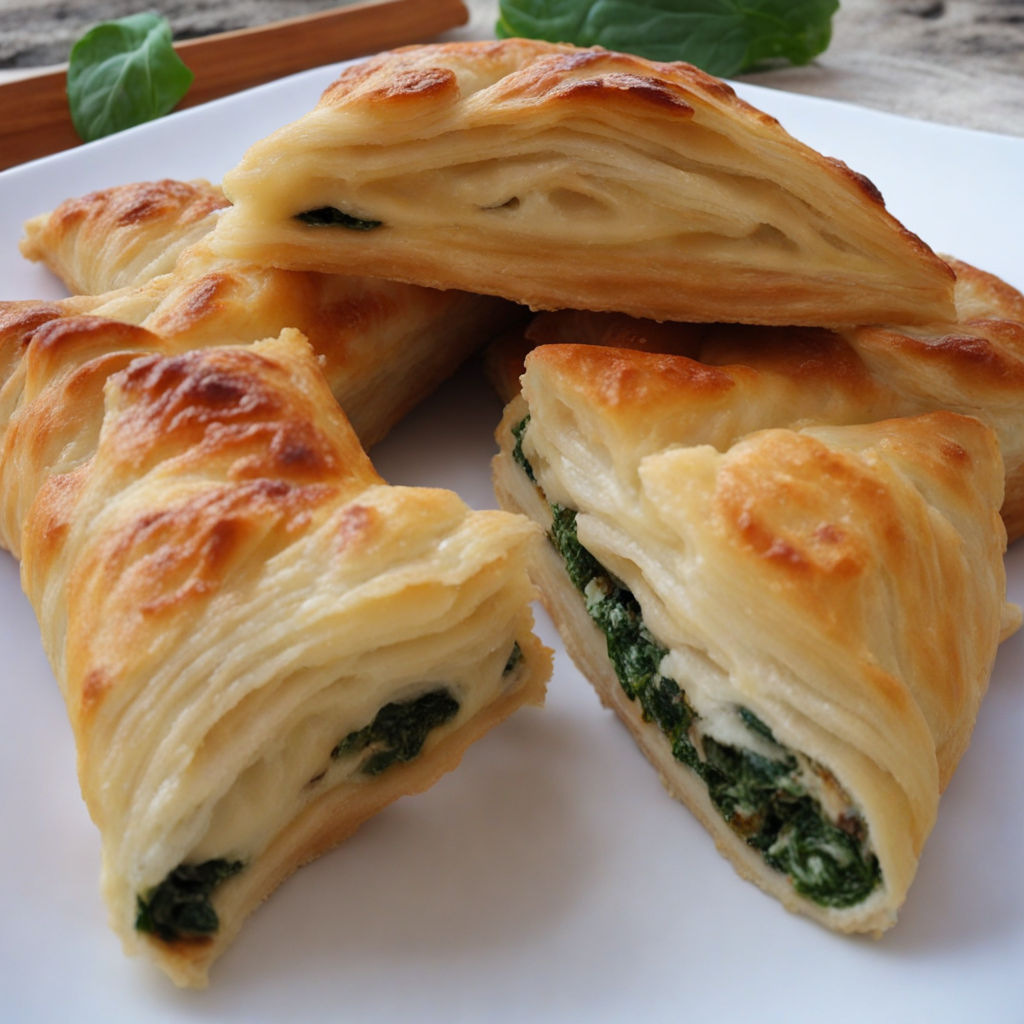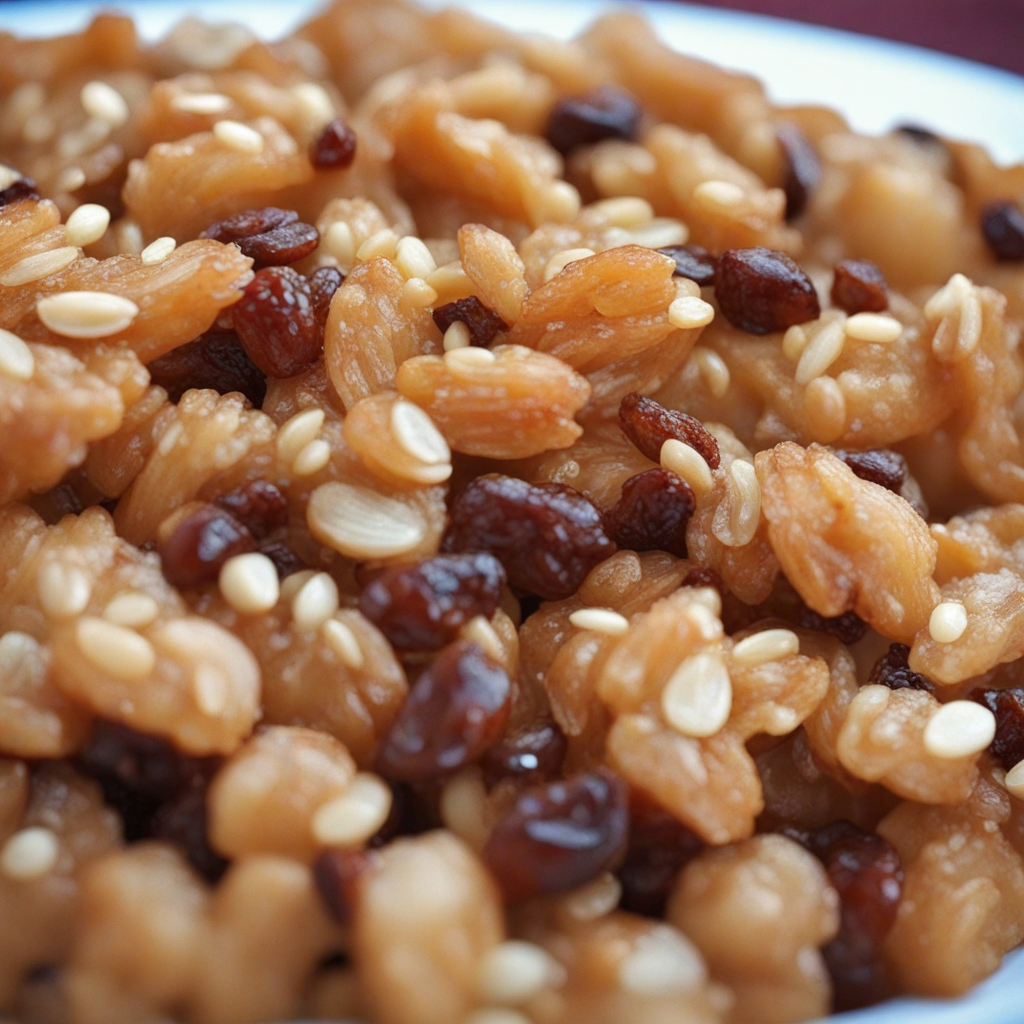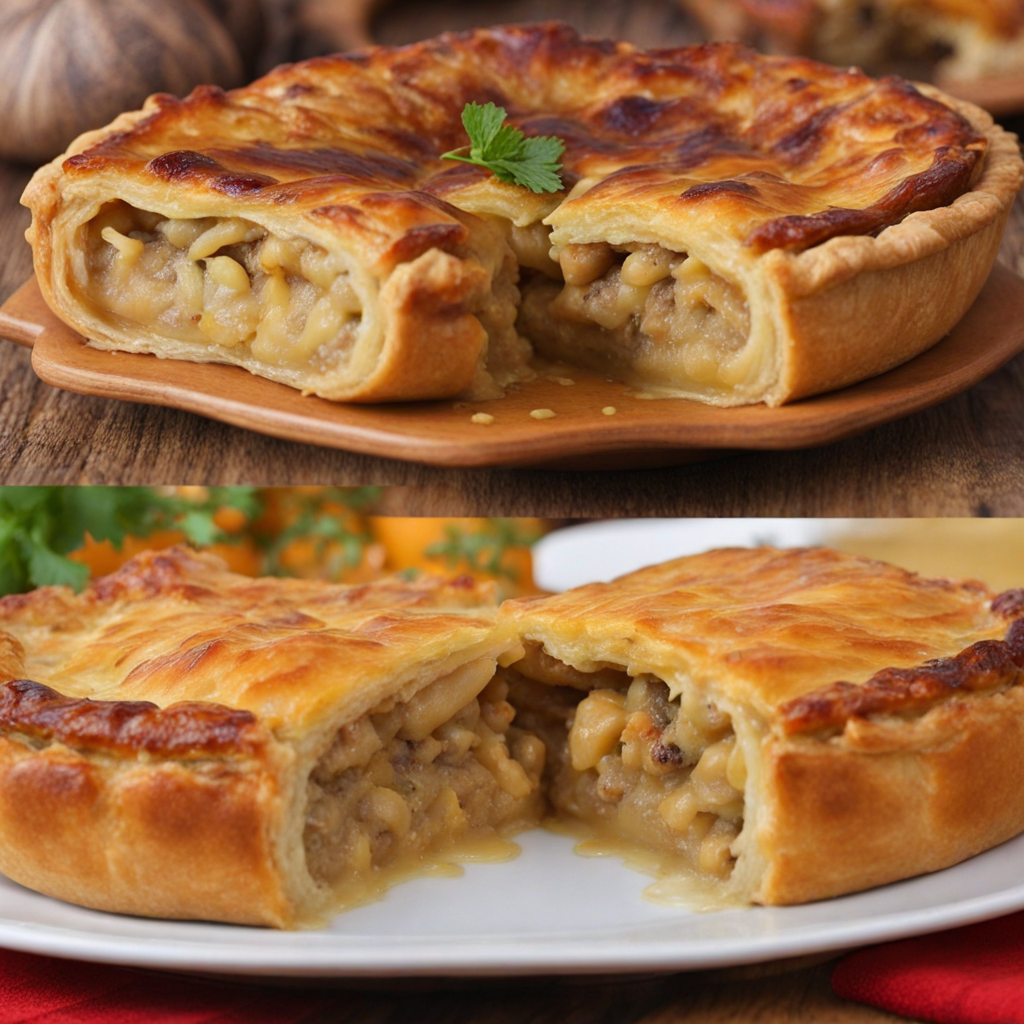Bakllasarëm
Bakllasarëm is a delightful Albanian dessert that offers a unique blend of flavors and textures, making it a hidden gem for adventurous food lovers. At its core, this sweet treat consists of layers of thin pastry, reminiscent of baklava, but with a distinct twist. The pastry is typically made from a combination of flour and water, rolled out into delicate sheets that are then layered and baked until golden brown. Each layer is generously filled with a mixture of finely crushed nuts, often walnuts or almonds, combined with sugar and aromatic spices, such as cinnamon or cardamom, which impart a warm, inviting fragrance to the dish. What sets Bakllasarëm apart from traditional baklava is its unique syrup, which is usually made from honey and citrus juices, giving the dessert a refreshing zing. After baking, the syrup is poured over the warm pastry, allowing it to soak in and create a luscious, sticky coating that enhances the overall richness of the dish. This combination of sweet and slightly tart flavors, along with the nutty crunch and flaky texture, creates an irresistible dessert experience that is sure to tantalize your taste buds. Served at celebratory occasions and family gatherings, Bakllasarëm is often enjoyed with a cup of strong Albanian coffee or herbal tea, making it a perfect ending to a hearty meal. As you savor each bite, you’ll find that the layers melt in your mouth, leaving a lingering sweetness that beckons for another taste. This dessert is not only a testament to Albania’s rich culinary heritage but also an invitation to explore the diverse and flavorful world of Balkan cuisine.
How It Became This Dish
Bakllasarëm: A Culinary Gem from Albania Introduction: A Taste of Tradition Bakllasarëm is a delightful pastry that holds a special place in Albanian cuisine, embodying the rich history and cultural tapestry of the region. This sweet treat, often characterized by its flaky layers and sweet nutty filling, has a story that intertwines with the evolution of Albanian identity, agriculture, and social customs. Understanding Bakllasarëm requires not only a look into its ingredients and preparation but also an exploration of how it reflects the lives and traditions of the Albanian people. Origins: Rooted in Tradition The origins of Bakllasarëm can be traced back to the Ottoman Empire, which significantly influenced the culinary practices of the Balkans, including Albania. The Ottomans brought with them a variety of sweet pastries and desserts, many of which used phyllo dough, nuts, and sweeteners like honey and sugar. While Bakllasarëm shares similarities with other pastries like baklava, it diverges in its specific preparation and regional variations. Historically, the use of nuts, particularly walnuts and almonds, was prevalent in Albanian cooking, given the favorable growing conditions in the region. The initial iterations of Bakllasarëm likely emerged as a way to utilize these local ingredients, turning simple components into a celebratory dish. The name itself, which can be loosely translated to mean “a pastry with nuts and syrup,” speaks to its essence as a dessert meant for sharing and celebrating. Cultural Significance: A Symbol of Community and Celebration Bakllasarëm is more than just a dessert; it is a symbol of community and tradition in Albania. In Albanian culture, food plays a crucial role in social gatherings, family reunions, and celebrations, such as weddings and religious holidays. The preparation of Bakllasarëm is often a communal activity, where family members come together to roll, layer, and bake the pastry. This collaborative effort strengthens familial bonds and passes down culinary knowledge from one generation to the next. The sweetness of Bakllasarëm also has a metaphorical significance. In Albanian culture, sweetness represents joy, prosperity, and good fortune. Offering Bakllasarëm to guests is a gesture of hospitality, showcasing the host's desire to provide for and celebrate with their loved ones. During significant life events, such as births and marriages, Bakllasarëm is often prepared to mark the occasion, symbolizing happiness and abundance. Development Over Time: From Tradition to Modernity As Albania underwent various political and social changes throughout the 20th century, so too did its culinary landscape. The fall of the Ottoman Empire in the early 20th century led to a resurgence of national identity, and food became a means of expressing this newfound pride. Bakllasarëm, with its rich flavors and traditional roots, became a staple in Albanian households, enjoyed by both the old and young alike. During the communist regime in Albania (1944-1991), access to ingredients and resources was limited, which influenced traditional recipes. However, Bakllasarëm remained a beloved dish, often made with whatever nuts or sweeteners were available. The adaptability of the recipe allowed it to persevere through challenging times, reflecting the resilience of the Albanian people. With the fall of communism and the opening of Albania to the global market in the 1990s, there was a revival of interest in traditional Albanian cuisine. Chefs and home cooks began to explore and celebrate local ingredients and recipes, and Bakllasarëm found its way back into the spotlight. Modern adaptations started to emerge, with variations that incorporated different nuts, spices, and even fillings like chocolate or fruit preserves. Modern-Day Bakllasarëm: A Culinary Craft Today, Bakllasarëm is enjoyed throughout Albania and among the Albanian diaspora worldwide. It is often featured in bakeries and restaurants, where it is served alongside coffee or tea as a comforting treat. The preparation of Bakllasarëm remains a cherished tradition, with families often passing down recipes that have been adapted over generations. Culinary festivals celebrating Albanian cuisine have also contributed to the revival of traditional dishes like Bakllasarëm. These events not only highlight the importance of culinary heritage but also foster a sense of community among Albanians and those interested in their culture. Through cooking classes and demonstrations, younger generations are learning the art of making Bakllasarëm, ensuring its place in the future of Albanian gastronomy. Conclusion: A Legacy of Flavor and Tradition Bakllasarëm is more than just a pastry; it is a testament to the rich history and vibrant culture of Albania. From its Ottoman roots to its status as a beloved treat in modern Albanian households, Bakllasarëm embodies the spirit of community, celebration, and resilience. As it continues to evolve, this sweet delicacy remains a cherished symbol of Albanian identity, inviting everyone to savor not just its flavors, but the stories and traditions that it carries. In a world where culinary traditions often become homogenized, Bakllasarëm stands out as a reminder of the importance of preserving and celebrating one’s cultural heritage. It invites us to experience the flavors of Albania while connecting with its history, making it a delightful representation of a country rich in flavors, stories, and community ties. As the world continues to discover and embrace diverse culinary traditions, Bakllasarëm serves as a delicious ambassador of Albania, inviting everyone to share in its sweetness.
You may like
Discover local flavors from Albania







